Emergency Dental Care: Save Time, Prevent Complications
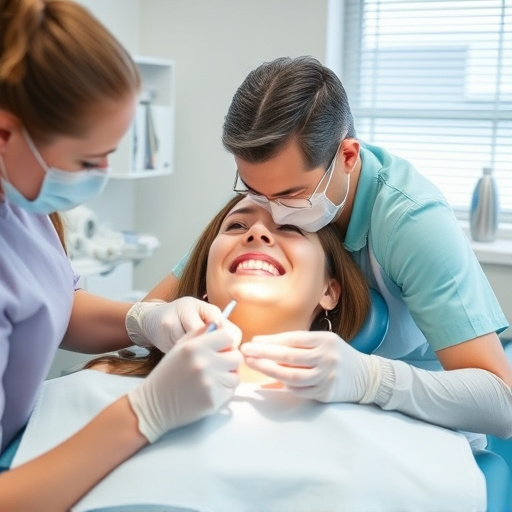
Prompt recognition of emergency dental needs is crucial for effective treatment. Ignoring minor disc…….
In the realm of healthcare, emergency dental care stands as a critical and often overlooked aspect of oral health management. It involves providing immediate and specialized treatment for dental emergencies, ensuring timely intervention and alleviating pain and potential harm to patients’ oral structures. This comprehensive article aims to explore every facet of emergency dental care, from its foundational elements to global implications, technological innovations, and future prospects. By delving into these aspects, we will highlight the significance of this vital service and equip readers with a deeper understanding of its role in modern healthcare systems.
Definition:
Emergency dental care refers to the provision of urgent oral health services for conditions that require immediate attention due to their acute nature. These emergencies can range from severe toothaches, oral injuries, and bleeding gums to facial trauma and mouth infections. The primary objective is to stabilize patients, alleviate pain, and prevent further complications.
Core Components:
Historical Context:
The concept of emergency dental care has evolved over time, with early records indicating that ancient civilizations had basic methods to address oral injuries. However, it was during the 19th and 20th centuries that organized emergency dental services began to take shape. The increasing urbanization and industrialization led to a rise in dental emergencies related to industrial accidents and traumatic injuries. This prompted the establishment of dedicated dental emergency units within hospitals, laying the foundation for modern emergency dental care practices.
Significance:
Emergency dental care plays a pivotal role in several aspects:
International Influence:
Emergency dental care is a global necessity, yet its availability and quality vary widely across countries. Developed nations tend to have more robust systems, with dedicated emergency dental units within hospitals and well-established protocols for managing dental crises. In contrast, developing countries often face challenges due to limited resources, infrastructure, and access to trained dental professionals.
Regional Disparities:
Emerging Trends:
Market Dynamics:
The global dental emergency care market is influenced by various factors:
| Factor | Impact |
| —— | —— |
| Injury Rates: Higher injury rates due to accidents or sports can drive demand for emergency dental services. | Growth: Increased need for treatment leads to expansion of market participants. |
| Aging Population: Older adults are more prone to oral health issues, boosting the requirement for specialized care. | Opportunities: Growing aging demographics present potential for service providers. |
| Health Insurance Coverage: Comprehensive dental insurance plans can stimulate market growth by ensuring affordable access to emergency care. | Affordability: Improved accessibility through insurance encourages utilization of services. |
Investment Patterns:
Economic Impact:
Emergency dental care contributes significantly to economic systems:
Digital Imaging and Diagnostics:
Pain Management Systems:
Remote Monitoring and Telehealth:
Future Potential:
Legal Frameworks:
Dental emergency care operates within a framework of laws and regulations that vary by jurisdiction:
Regulatory Bodies and Initiatives:
Challenges in Regulation:
Main Issues:
Strategies for Overcoming Challenges:
Case Study 1: Mobile Dental Clinic in Rural Africa
In a remote village in Kenya, a mobile dental clinic was introduced to provide emergency care. This initiative addressed a critical need, as local residents previously faced long journeys to reach fixed dental facilities. The clinic offered basic emergency treatments, oral health education, and referrals for complex cases. Results showed improved access, with over 50% of patients reporting reduced travel time for dental emergencies. This case highlights the effectiveness of mobile units in reaching underserved communities.
Key Lessons:
Case Study 2: Advanced Laser Therapy in Dental Emergency Rooms
A dental hospital in the United States implemented laser therapy as a pain management tool for various procedures. Patients undergoing treatments like gum surgery and tooth extractions experienced significantly reduced post-operative pain and swelling. This technology not only improved patient satisfaction but also shortened recovery times, allowing patients to resume normal activities sooner.
Takeaways:
Potential Growth Areas:
Emerging Trends to Watch:
Strategic Considerations:
Emergency dental care stands as a critical pillar supporting oral health systems globally, ensuring timely intervention during crises. Through technological advancements, policy reforms, and strategic investments, this field continues to evolve, improving access and outcomes. The case studies presented highlight successful initiatives that have made a tangible impact on patient lives, offering valuable insights for future developments.
As we look ahead, the future of emergency dental care promises exciting possibilities with emerging technologies and innovative service delivery models. However, addressing disparities in access, cost, and workforce remains paramount to ensure equitable oral health care for all. By embracing these challenges and continuing to build upon existing progress, the global dental community can forge a path toward a healthier, more resilient future, where dental emergencies are managed effectively, and no one is left behind.
Q: How do I know if my dental pain requires emergency care?
A: If your dental pain is severe, sudden, or accompanied by swelling, bleeding, or a broken tooth, it may be considered an emergency. Prompt attention is crucial to prevent complications.
Q: Are all dental emergencies treated in hospital emergency rooms?
A: While many dental emergencies can be managed in hospitals, specialized dental emergency units within dental clinics or dedicated oral health centers are increasingly common, offering more efficient care.
Q: What should I do if I need urgent dental care but have no insurance?
A: Contact your local dental society or community health center for assistance. Many areas have charitable or government-funded programs to provide emergency dental care to uninsured individuals.
Q: How can technology improve access to emergency dental care?
A: Telemedicine, mobile dental clinics, and digital imaging tools enable remote consultations, diagnosis, and treatment planning, reaching patients in remote areas or with limited mobility.
Q: Are there any upcoming technologies that will revolutionize dental emergencies?
A: AI-driven diagnostics, 3D bioprinting for teeth, and smart dental restorations are on the horizon, offering promising solutions to enhance care efficiency and patient outcomes.

Prompt recognition of emergency dental needs is crucial for effective treatment. Ignoring minor disc…….
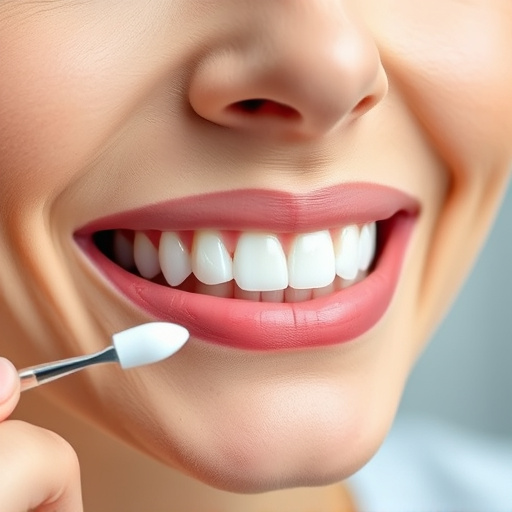
Dental emergencies, from toothaches to facial injuries, require immediate attention. Emergency denta…….
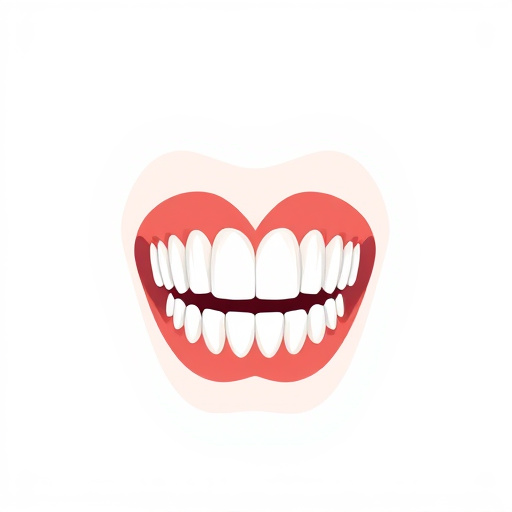
Severe dental pain requiring immediate attention indicates a need for emergency dental care. Quick r…….
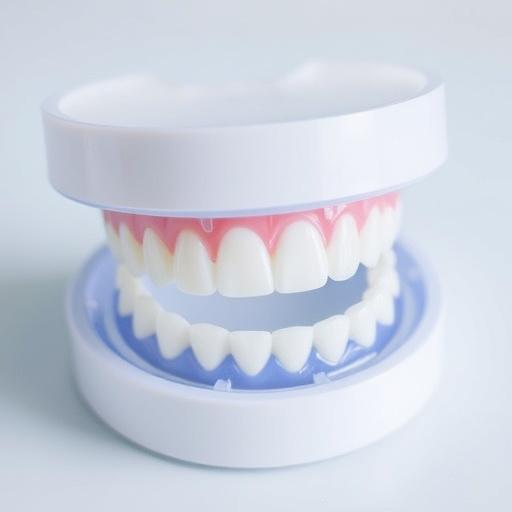
Prompt recognition of dental emergencies, such as severe toothache, swelling, or a knocked-out tooth…….
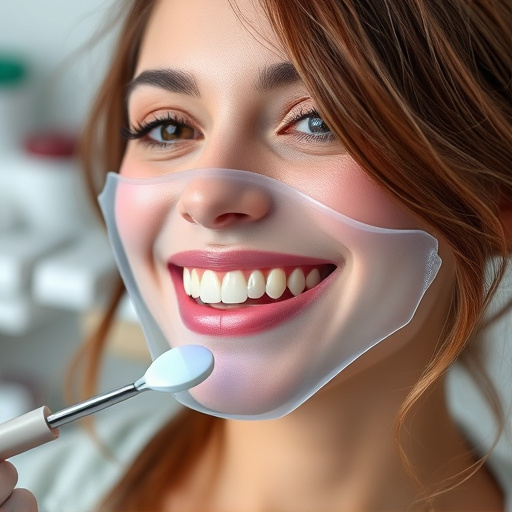
Emergency dental care services address sudden oral issues, providing immediate pain relief and stabi…….

Unexpected dental emergencies require immediate emergency dental care for broken, cracked, or dislod…….

Emergency dental care services provide immediate stabilization and long-term solutions for urgent de…….
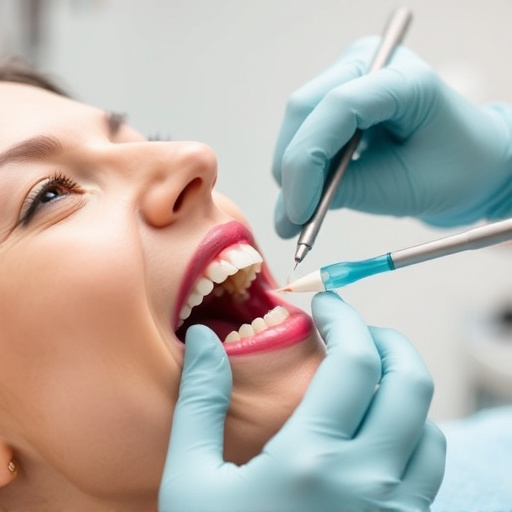
Severe toothaches due to cavities, infected teeth, or gum disease require immediate emergency dental…….
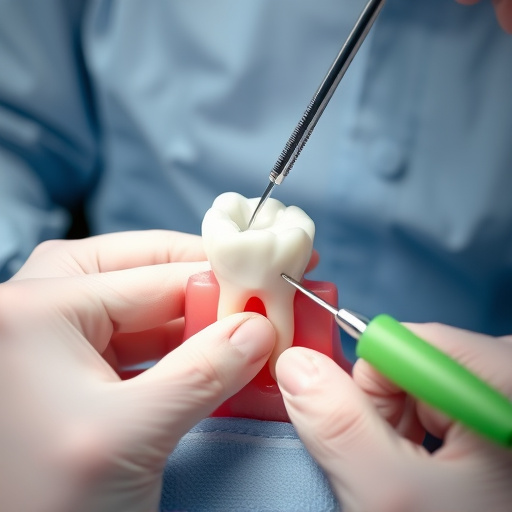
Immediate emergency dental care is vital for severe oral issues, providing quick relief and preventi…….
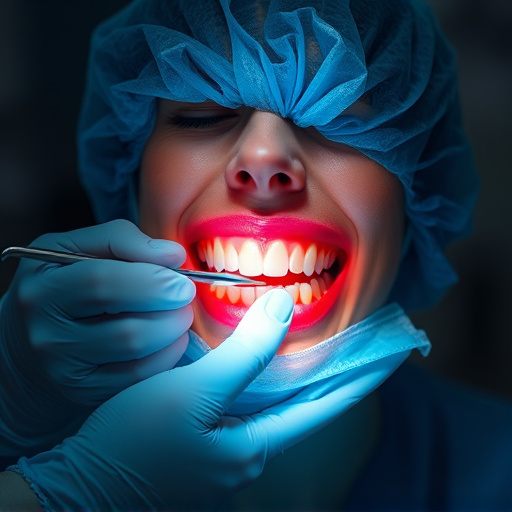
Accidental oral injuries require immediate emergency dental care, offering treatments like fillings,…….